After our introduction to Scotch Whisky a few weeks ago where we primarily focused on single malt spirits, it has come time to further that exploration and in this guide, we will be looking at some blended whiskies available from Scotland’s finest distilleries.
Fact or Fiction: Is Blended Scotch Inferior?
While many proudly claim to only drink single malt scotch, the fact of the matter is that is is a fairly recent invention. Up until 1950, blended scotch was basically all there was and just within recent years blended whisky has developed a less than stellar reputation. Some chalk this up to the overall quality of many blended whiskies made of 80% cheap grain whisky and just 20% malt whisky to achieve the distinctive flavor of the final product. However, if you look more closely into the matter it seems as a large chunk of these inferior batches from are made in countries outside of Scotland.
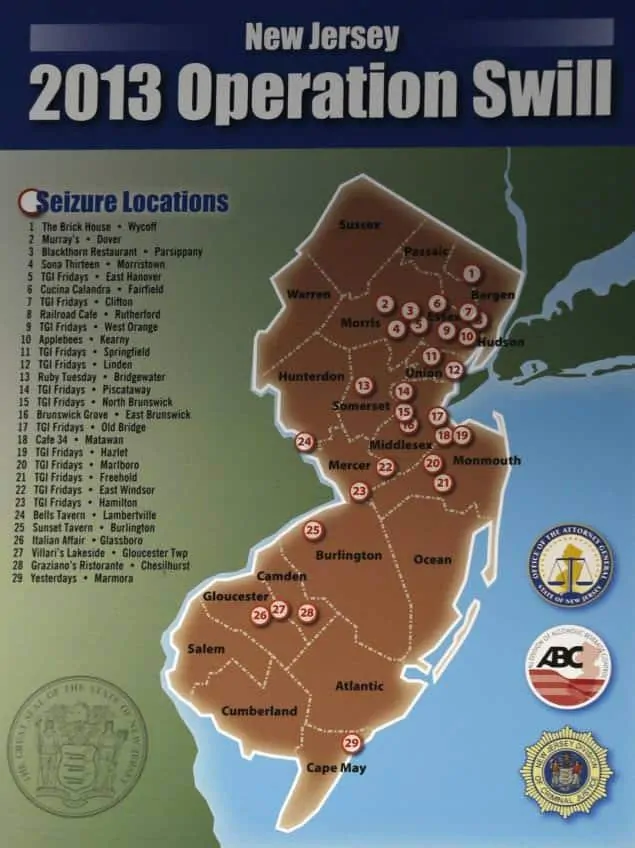
Where I would certainly enjoy a dram of Macallan or Dalmore neat or with a splash of water, I cannot say the same for some blends often labelled as premium that resemble nothing more than moonshine or turpentine. Most of the spirits I’m referring to don’t qualify as Scotch whisky, however due to an uneducated public, many still group them alongside Scotland’s distilleries, not realizing that many other whisky-producing countries don’t have to follow the same strict protocols and procedures for their crafting process. It’s because of this and a lack of consumer education that 29 restaurants in New Jersey were accused of serving colored rubbing alcohol and dirty water as top shelf whiskies last year. Of those 29 restaurants that were found during an undercover investigation dubbed “Operation Swill”, 13 were TGI Fridays all of which are run by The Briad Group, which runs 70 of the chain restaurants across the country.
“This alleged scheme is a dishonest ruse to increase profits, and it is a slap in the face of the consumer”, said Attorney General Jeffrey Chiesa. “The consumer should have the peace of mind to know that when they pay for something, they get exactly what they paid for, no exceptions.”
It’s because of appalling acts like this that uneducated consumers group the more dreadful tasting spirits in the same category as the magnificent blends that master blenders have worked so tirelessly to perfect.
In fact, it’s these blends that make up the largest contingent of the whisky market in Scotland. The vast majority of the recipes for these secretive blends date back to the 19th century and utilize an extensive range of single malt and grain whiskies to perfect the flavor profile and aroma. It’s because of this that the Master Blender position is one of the most coveted and well respected professions in the industry, and the men and women who perform these duties truly are in a lifelong pursuit of absolute perfection.
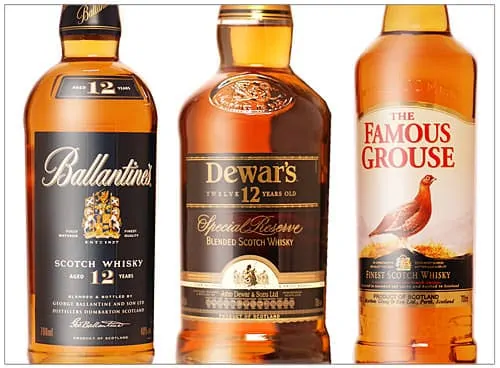
Blended Scotch
As we discussed in the Scotch Whisky Guide, blended scotch is simply a blend of at least one or more single malt Scotch whiskies that is blended together with a single grain Scotch whisky.
Blended Malt Scotch
A blended malt Scotch is actually one of the most uncommon types of Scotch that can be found today. Previously called a “vatted malt” or a “pure malt” it is when the blender takes two or more single malt Scotch whiskies from at least two separate distilleries and blends them together to create one batch of whisky.
Blended Grain Scotch
A blended grain Scotch is similar to that of a blended malt, except it utilizes two or more single grain Scotch whiskies from at least two separate distilleries. They are then blended together to create a single batch of whisky.
The Blended Backstory
While single malt has a considerably higher following than blended whisky, the fact is that we wouldn’t even know about single malt Scotch had it not been for blends. For the first hundred plus years that Scotch was consumed, there was only one kind and it was simply referred to as Scotch. Of course, the type we’re speaking about is blended. Initially distillers only sold blends and in fact, it’s not only what introduced Scotch to the world, but it also deserves credit for making it a gentleman’s drink. In the 18th century, most men preferred sherry and cognac. The single malts were nothing more than moonshine, illegally made in highland barns using homemade stills and just as you wouldn’t buy hooch made in a bathtub from the back of a trailer, Scotland’s aristocrats refused to try this harrowing concoction as well.
It wasn’t until the 19th century that this all changed and Scotch became a global phenomenon. With the legalization of the aforementioned illegal whisky, well known distillers such as Chivas, Ballantine and Johnny Walker began to consistently produce blends that hit the shelves worldwide.
Today approximately 90% of all Scotch whisky imported into the United States is blended. The remaining 10% of course being single malt. While many men misjudge single malts as being the preferred choice, the fact is that people in North America, Asia and many parts of the world prefer blends as they’re often more palatable by a larger group of people and generally less expensive to procure.
Here is a almost 90 minute long documentary that also explains the history of blended scotch starting half way through at 48:12 min.
http://www.youtube.com/watch?v=_ZLgHN5Jtug
How to Select a Blended Scotch Whisky
If you find yourself out and about ready to purchase either a bottle from the liquor store or a dram from your local pub, there are a few things to consider when it comes to choosing a blend.
Trusting someone with your palate is akin to having a barber or a tailor. It’s a relationship that is built on trust and one where you have to expect that they’ll have a significant background on the topic. Just as you wouldn’t trust your hair or formal wear to someone off the street, the same should apply to your whisky advocate.
Prior to accepting their advice, ask them questions about their experience to determine if they have a true passion for Scotch or if they’re just feeding you lines they picked up in basic training.
In the event that you can’t rely on their expertise, here are a few tips to picking the perfect dram.
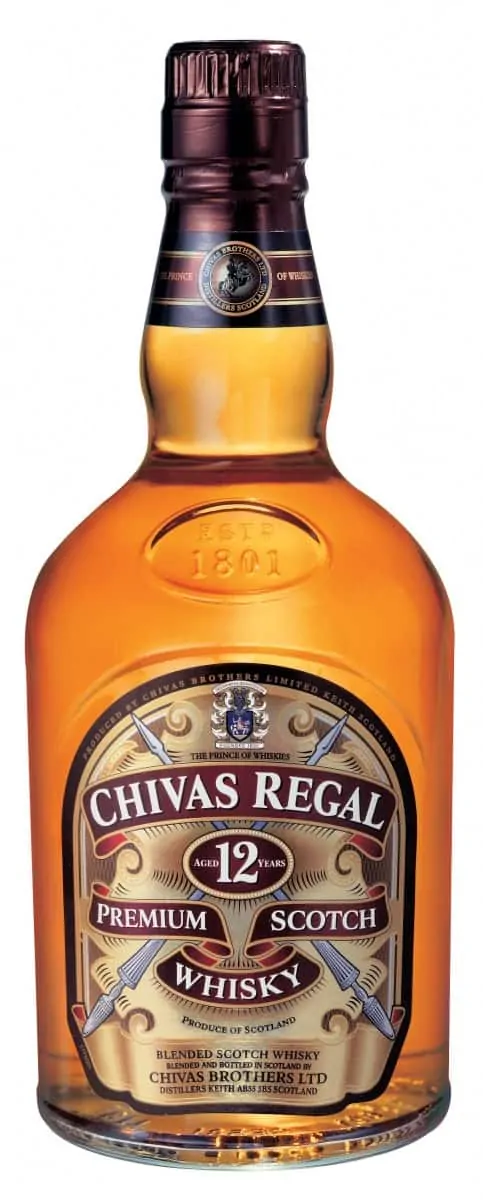
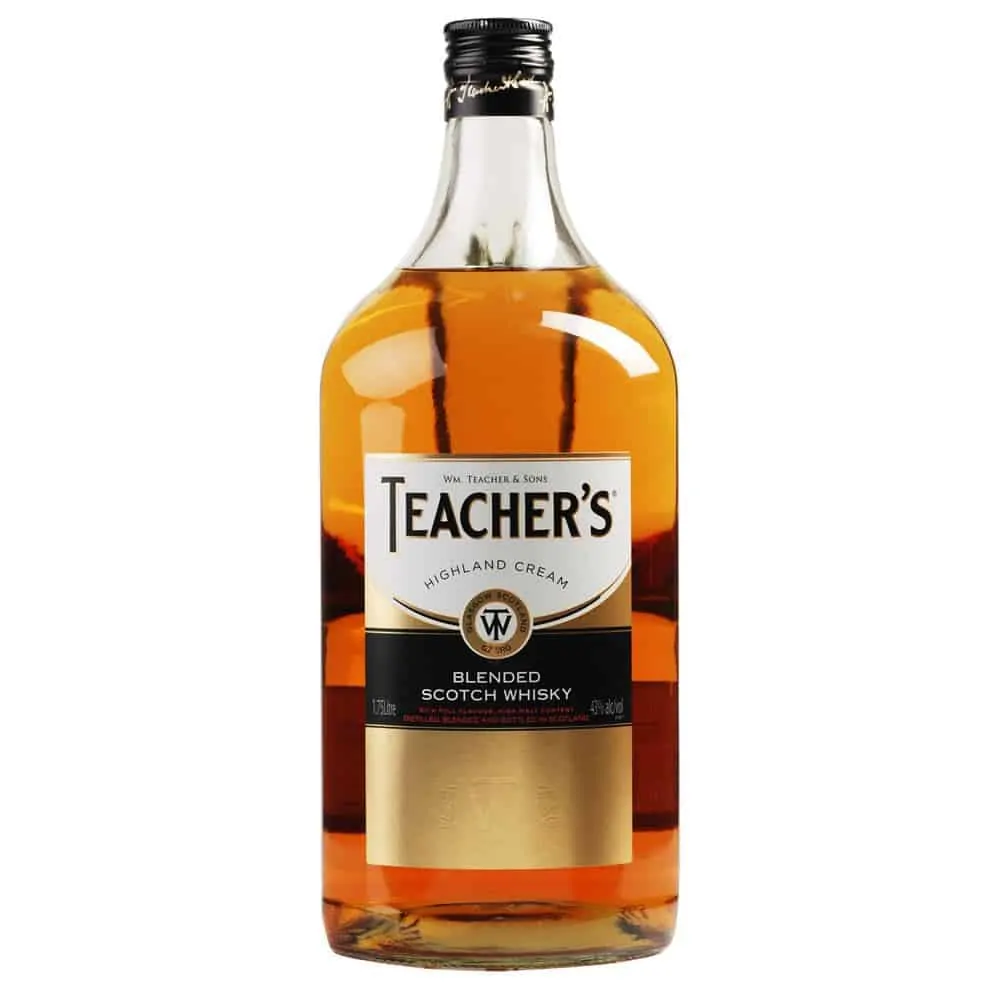
At the Store
When it comes to blended whisky, it’s very important to stick with the brand names unless you’re content with a potential lack of consistency. One of the most difficult jobs of the master blender is ensuring flavor consistency in each bottle so that the Blue Label you bought last month tastes the same as the one this month. Obviously, you can anticipate minor differences, but in the end if you’re shelling out hundreds of dollars for a bottle of Scotch, you need to know you’re going to enjoy it.
This is one time in a public environment that it’s okay to pull out your smart phone. I myself always keep a list of the bottles I enjoy and the bottles I don’t. This way, since I enjoy trying a variety of blends, I won’t accidentally purchase a bottle that had previously made me gag. (Not that that happens very often).
Master of Malt is one of my favorite websites to check because it offers tasting notes on most whiskies as well as user reviews. While I obviously take reviews with a grain of salt, it gives you a general idea of the public consensus which can be useful if you enjoy entertaining. While you may not necessarily agree with the mass public perception, even if you don’t enjoy the dram, at least you can serve it to guests and it won’t be a complete waste of money.
User reviews are also a good indicator when purchasing Scotch as a gift. Especially if it’s for someone who doesn’t fully appreciate it, these reviews can often lead you towards a globally popular bottle rather than one favored amongst critics.
The first thing you want to look at when it comes to a blend is the name of the producer. This can often give you a sense or idea of what to expect.
To give you an example, Johnnie Walker is owned by Diageo, one of the biggest names in liquor sales. For those who enjoy JW, you’ll notice that it’s a relatively smoky blend. Since we know that JW is owned by Diageo and that most of the peat-heavy Scotches come from Islay, we can assume that because Diageo also owns Lagavulin and Talisker, that they’re probably using those malts in their JW blends. While of course they’ll never confirm it, one would assume it makes sense that they would use their own products in the blends over a third parties malt.
By taking into consideration the partnerships and ownership of certain brands and distilleries, it becomes fairly easy to decipher what might be in the blend you’re eyeing up at the store.
While certain blenders do in fact purchase from outside their own company, this is just one way to try and mitigate the risk of purchasing a bad dram.
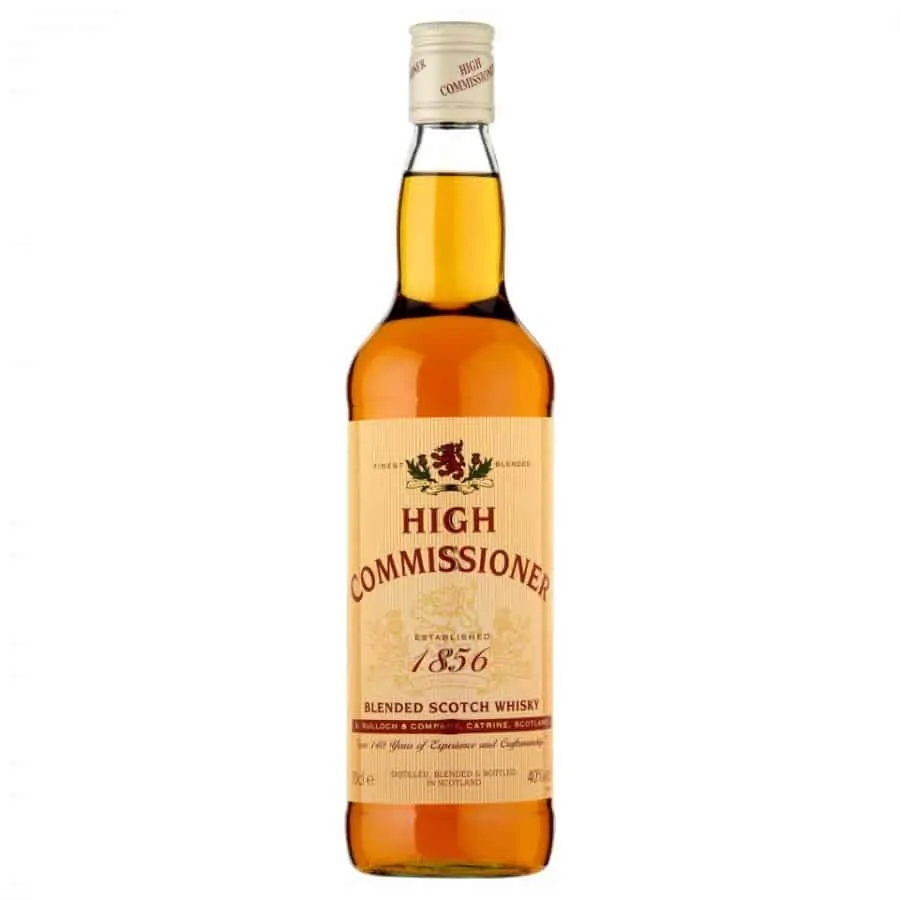
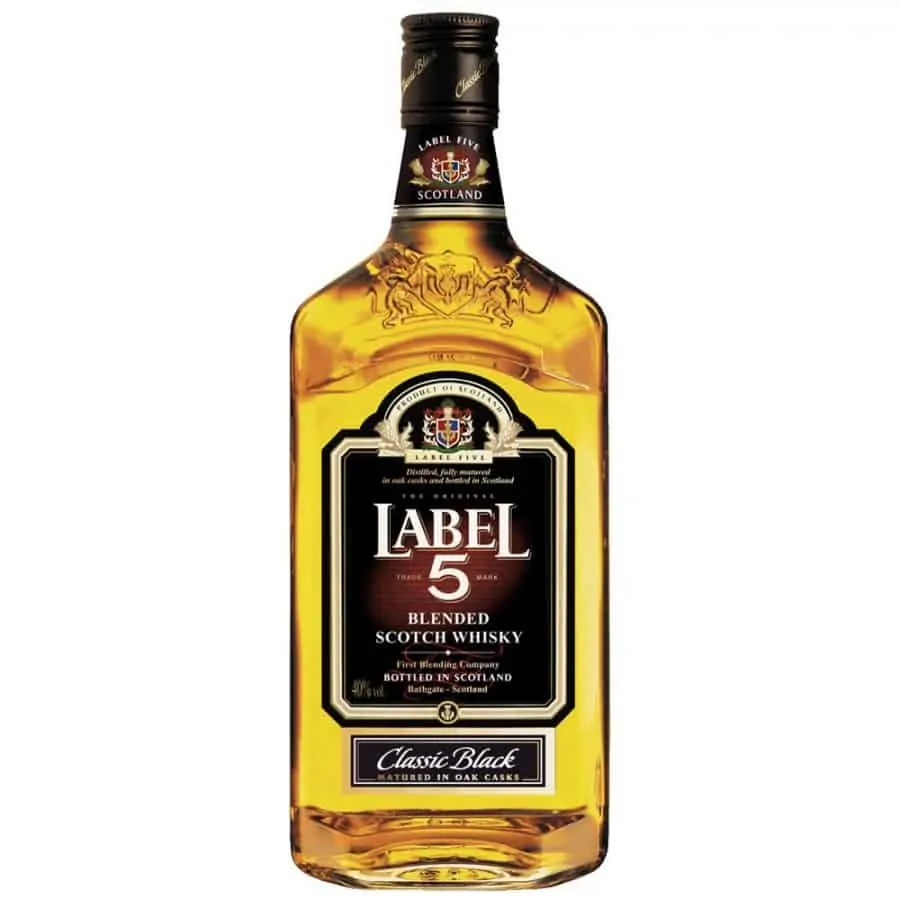
At the Pub
When you’re at the pub or a restaurant and you’re ready to order a dram of Scotch, one thing to remember is markup and to never ever trust anyone but the barkeep or sommelier. Unfortunately, in most cases you can’t even trust them to choose for you as they’ll simply pick the more expensive bottle behind the bar.
If the Scotch is being used in a cocktail my first piece of advice is go basic. There’s no point in mutilating a magnificent whisky by adding grenadine or fruit or syrup to it. Stick with the lowest priced Scotch if it’s a cocktail and you’ll be just fine.
If you’re planning to consume it straight, you’ll want to stick with a blend you recognize. This isn’t the time to pick blindly. If you choose a dram you don’t enjoy it’s not only a waste of money but can affect your tastebuds for the night. If you don’t recognize a blend you enjoy my advice is to move into a single malt as you’ll have a better probability of picking a dram worth savoring.
Classic Cocktails
While I personally enjoy single malts more than I do blends, I use blended Scotch quite frequently for mixing a variety of cocktails.
Here are a few of my favorite classic recipes that I enjoy making at home or ordering in bars.
Of course many of the cocktail recipes I’ve provided in past articles such as our Guide to Bourbon and our Brandy Guide can be altered to accommodate blended Scotch.
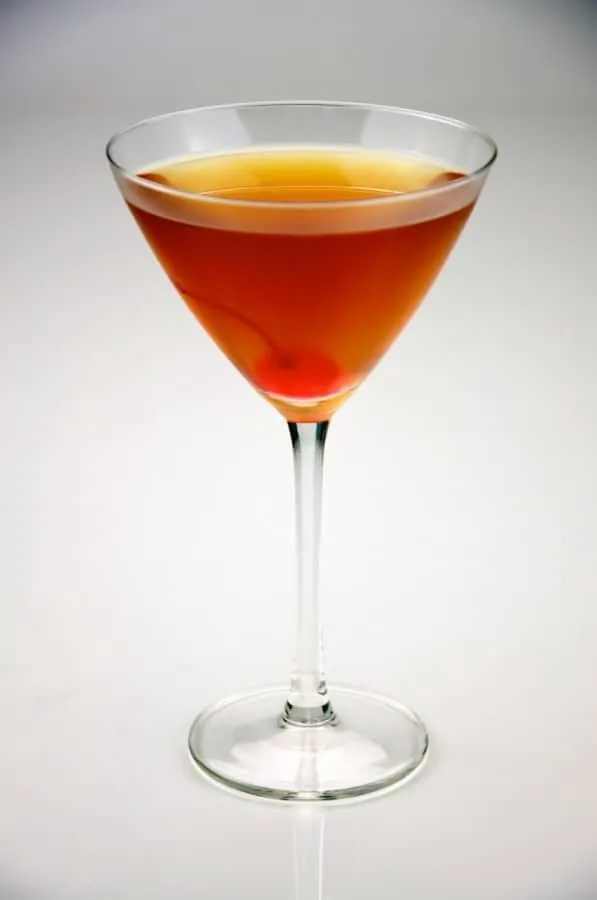
The Rob Roy
1 ½ ounces blended Scotch (I like to use Chivas or Ballantines)
¼ ounce sweet vermouth (since vermouth is a wine it doesn’t last very long – because of this, I often recommend by individual airplane size bottles to prevent the vermouth from spoiling)
Angostura bitters to taste
Maraschino cherry for garnish (I’ve also been known to change it up with a lemon twist)
Preparation:
Pour the ingredients into a mixing glass with ice.
Stir well.
Strain into a chilled cocktail glass.
Garnish and enjoy.
The Blood and Sand
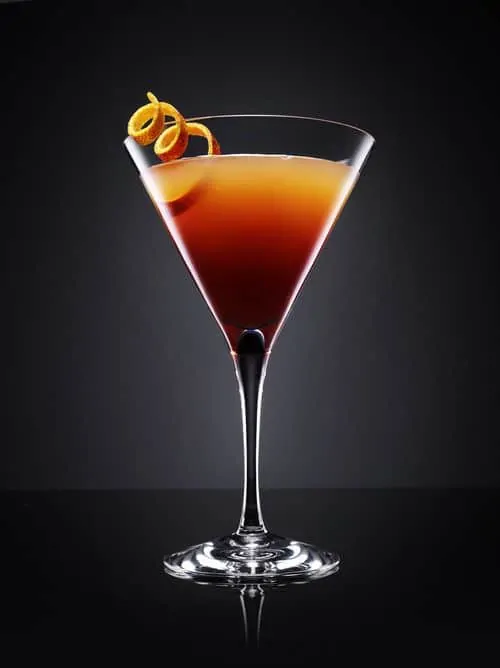
¾ ounce blended Scotch whisky (I like using White Horse in this cocktail)
¾ ounce cherry brandy
¾ ounce sweet vermouth
¾ ounce orange juice (fresh squeezed is best, avoid anything from concentrate)
Orange slice for garnish
Preparation:
Pour the ingredients into a cocktail shaker filled with ice.
Shake well.
Strain into a chilled cocktail glass.
Garnish and enjoy.
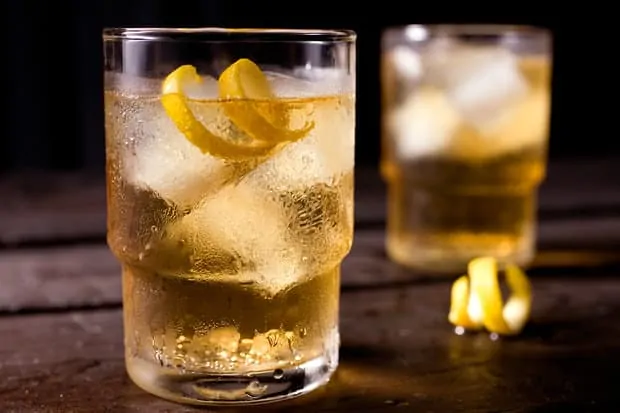
Whisky Highball
2 ounces blended Scotch (I really like Stewart’s Cream of the Barley in a highball)
Ginger ale
Preparation:
Fill a highball glass with ice.
Pour the whiskey into the glass.
Top with ginger ale.
It’s important to keep in mind that if you’re on a budget, don’t waste an expensive bottle on a cocktail. Famous Grouse and Dewar’s White Label are completely satisfactory for any of these cocktails.
Favorite Drams
There are many, many varieties of blended whiskies, with some that are very well known and popular and others that can prove to be a lovely surprise. Here are a list of some very popular brands and a few of my favorite blends.
Popular Blends
Johnnie Walker Red Label
Chivas Regal
Dewar White Label
Ballantines
Whyte and Mackay Special
Famous Grouse
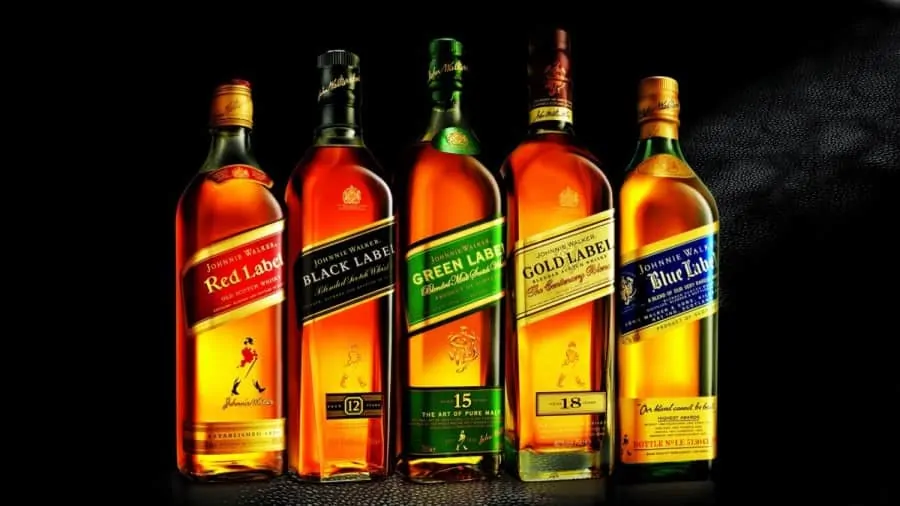
My Favorites
Isle of Skye
Black Bull
Campbeltown Loch 21 Year Old
Compass Box The Peat Monster
White Horse 8 Year Old
Chivas Regal 25 Year Old
White & MacKay 22 Year Old
AD Rattray Cask Islay
Bailie Nicol Jarvie Blended Whisky
Cameron Brig
Stewart’s Cream of the Barley
Buchanan 18 Year Special Reserve
Sheep Dip
Conclusion
To learn how to properly appreciate Scotch whisky, as well as to obtain a more thorough background on its history, take a look at our in-depth Scotch Whisky Guide. As always, should you have any questions, please don’t hesitate to ask. Stay tuned for our next primer: A Beginners Guide to Scotch. Also, if you are interested in non-Scottish whiskies, take a look at the Compass Whisky Box.
If you liked this article, check our Spirits and Cocktail Guide.
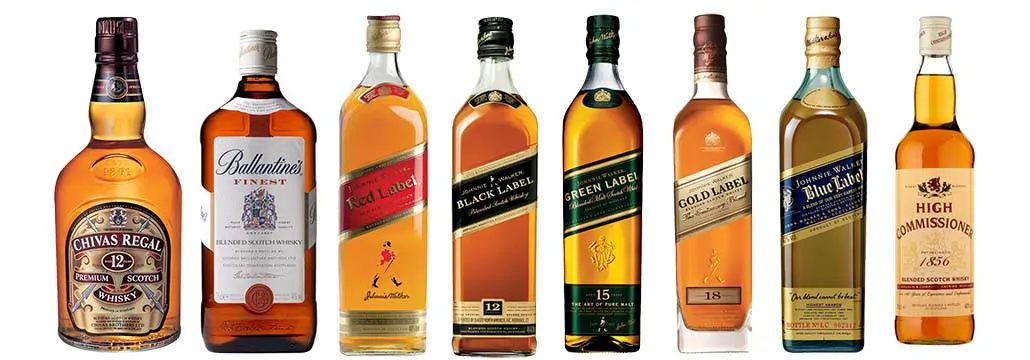
Like many whisky drinkers I prefer sipping single malts but have a bottle of a decent blended whisky about too. Some blends are very palatable and I agree with the nods for White Horse and Sheep Dip as good blended whisky. William Grant’s Monkey Shoulder is a relative new comer but one I really enjoyed and comes with packaging that should help its brand (it has three monkeys on the bottle’s shoulder).
Non-scotch whisky’s might be worth a more in depth look. Irish whiskey, in particular from Bushmills (the oldest legal distillery in the UK), is worthy of consideration. I don’t know a great deal about Japanese whisky but I have a bottle of Nikka Taketsuru on the go at the moment that is excellent. Advice on these and other less well known malts – India produces one, Wales has just started and there is an English one that might be alright once it has had a chance to age a bit – would be appreciated.
Hi Hal,
I’m glad you enjoyed the article. I too think that other whiskies need to be covered. As you’ve mentioned, Ireland makes some beautiful whisky as does Japan. Trust me when I say that these regions and others will be covered in due time.
Best,
J.A. Shapira
One interesting thing to do with the cheapest blend of Scotch you can tolerate, (In my case, Old Smuggler), is to add a dash of it to Scottish Breakfast Tea. An interesting way to start or end your day.
That’s a great idea! I often use it in my hot toddy before I go to bed.
I noticed that Cutty Sark was never even mentioned! It’s something one of my former roommates insisted on. But I’ve found Dewar’s White Label to be perfectly satisfactory, better than it actually, for regular drinking and cocktails alike.